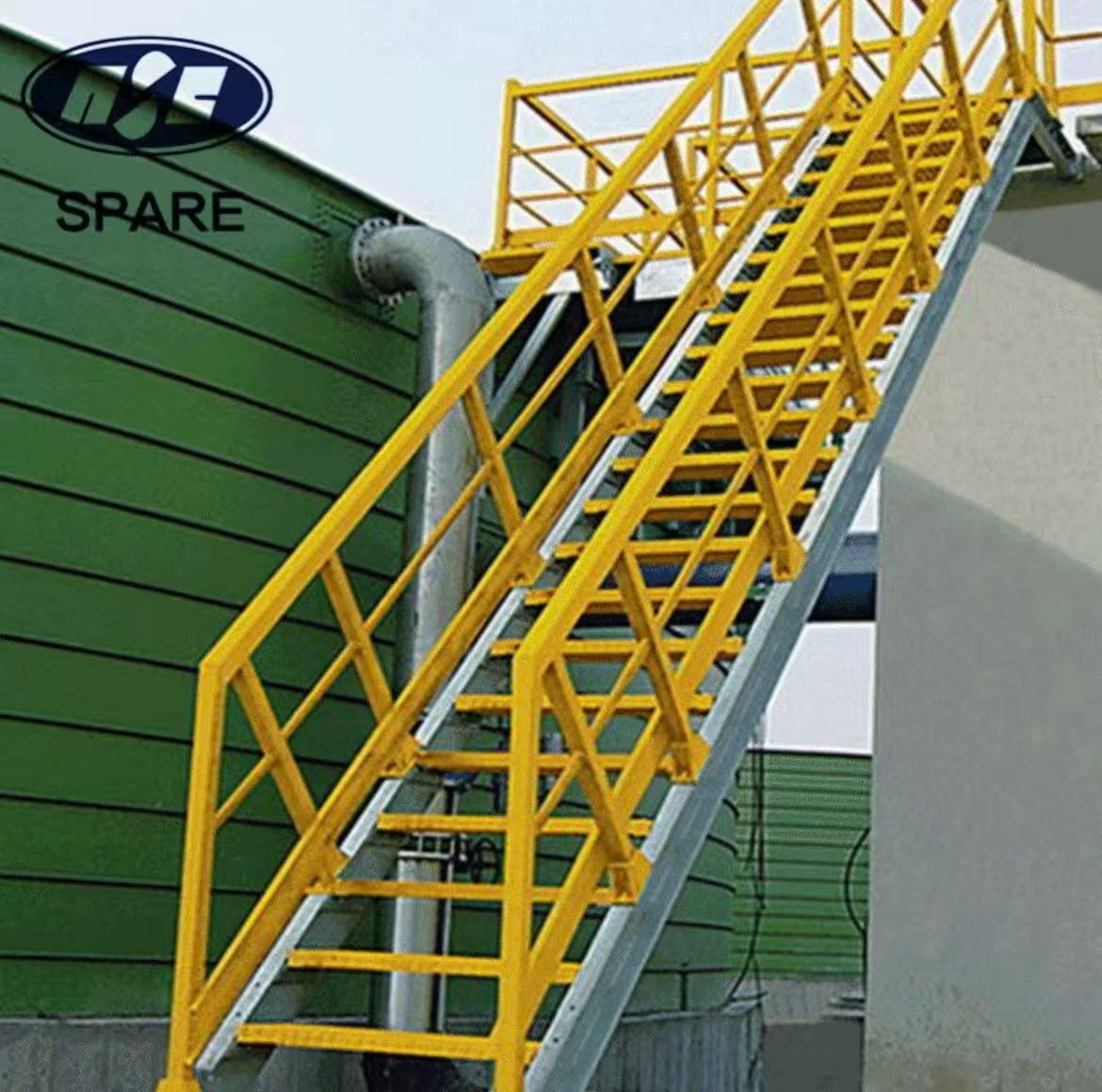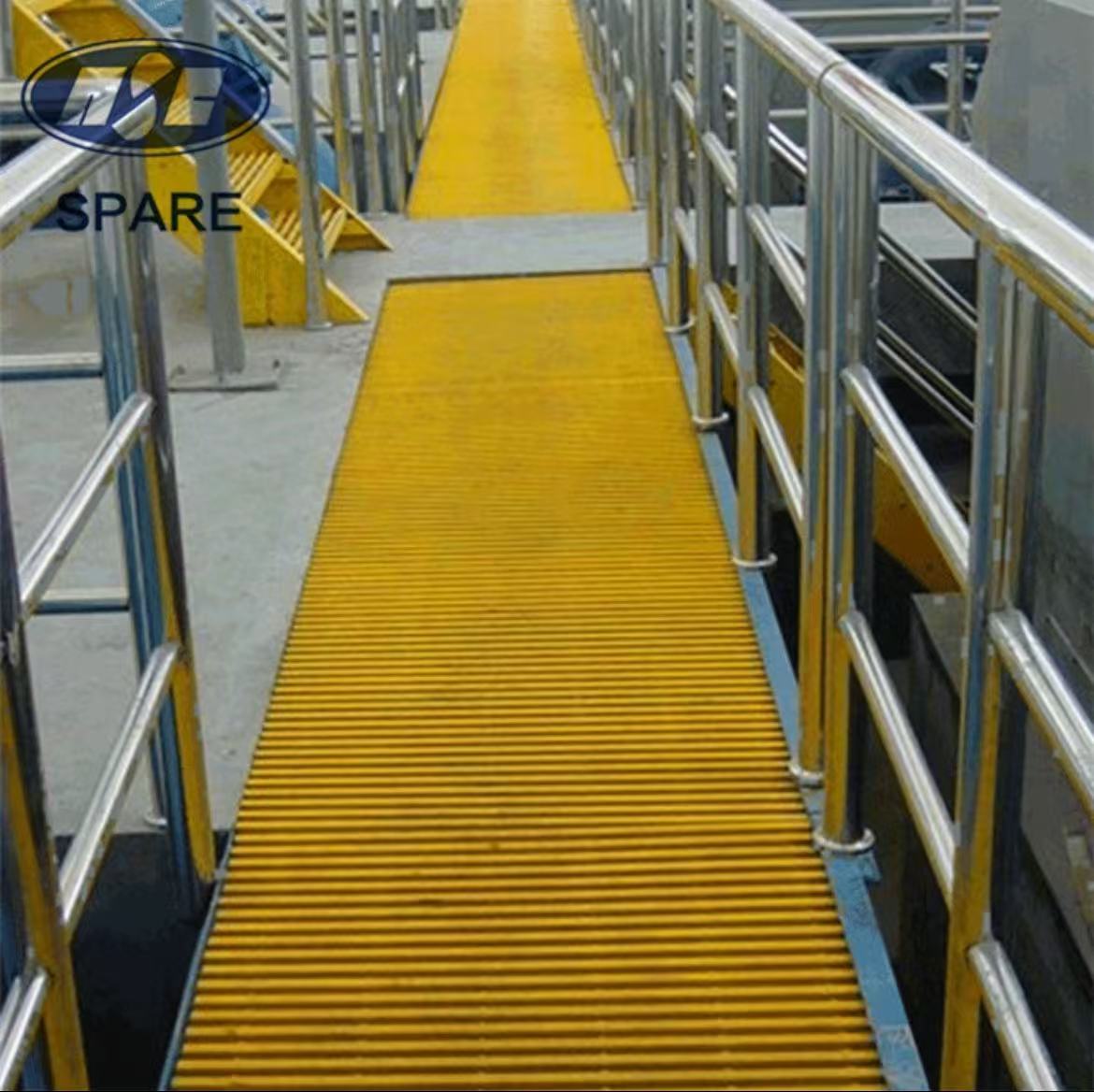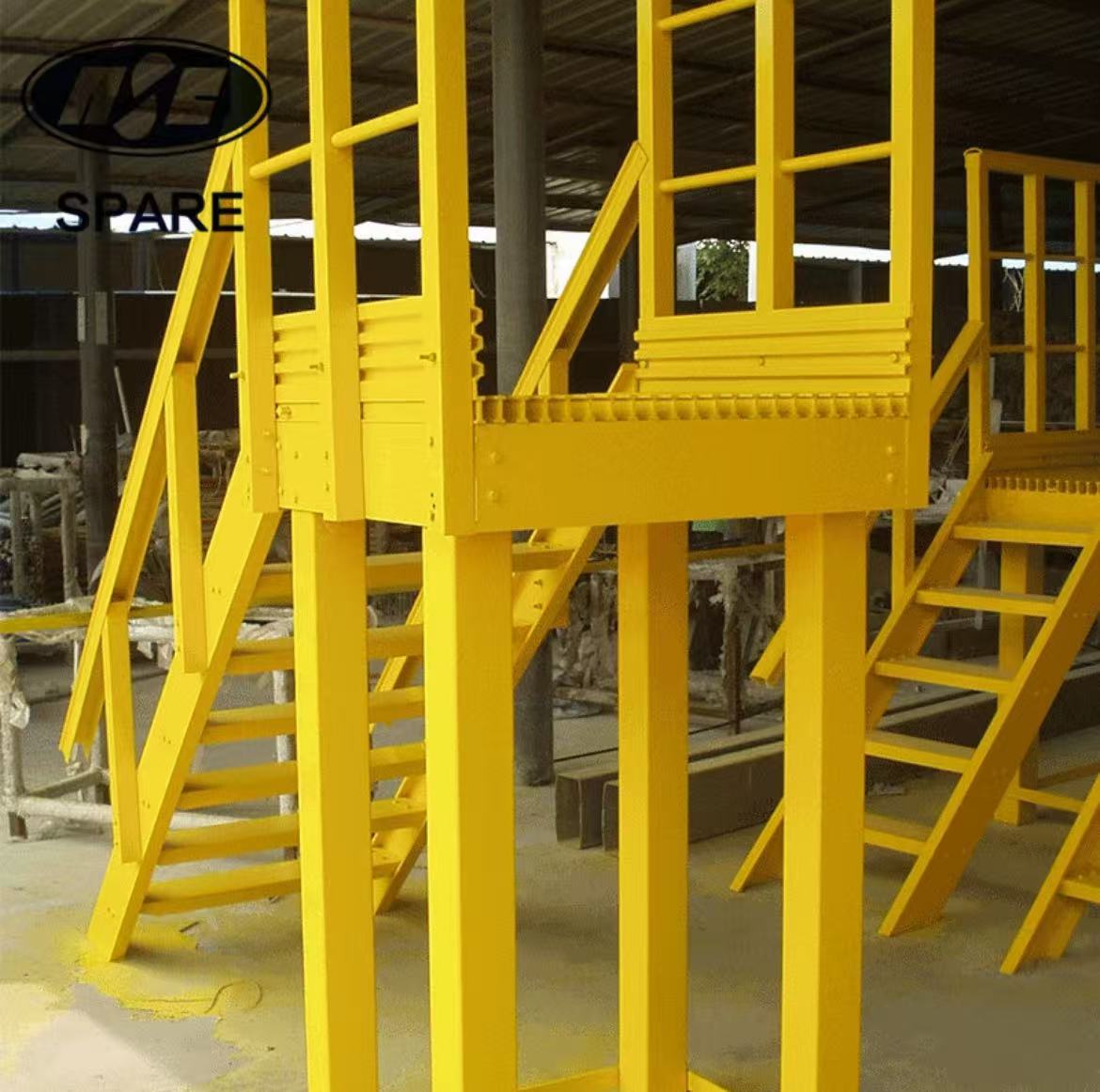From Ancient Wisdom to High-End Manufacturing: The Millennium Evolution of FRP
2025-10-22
The story of FRP (Fiber-Reinforced Polymer) began as early as 3400 BC. The ancient Mesopotamians made plywood by gluing wooden strips at different angles, and the ancient Chinese used straw mixed with clay to build houses. These were all early practices of natural composite materials. The composite bows of Mongol warriors in the 12th century AD were even more exemplary. The combination of bamboo cores, ox horns and rosin created a powerful weapon with a range of nearly 500 yards, and its strength was comparable to modern products.

The rise of modern FRP started in the early 20th century. In 1907, Bakelite (phenolic resin) invented by Baekeland was combined with cellulose, opening the era of synthetic composite materials. After the breakthrough in industrial production technology of glass fiber in 1938, the first fiberglass radar radome came out in 1942, becoming a milestone for FRP as a structural material. During World War II, FRP was widely used in aircraft due to its lightweight and corrosion-resistant properties, and the military demand for 7 million pounds of glass fiber accelerated the maturity of the industry.

After the war, FRP moved towards civilian use. In 1953, the Chevrolet Corvette adopted a fiberglass body, and in 1948, glass fiber pipes entered the field of oil anti-corrosion. The patent for carbon fiber was granted in the 1960s, and aramid fiber came out in the 1970s, promoting FRP to enter the aerospace field. Since China produced the first fiberglass sheet in 1958, it built the world's first FRP highway bridge in 1982, and now has formed a complete industrial system.

Entering the 21st century, 3D printing and nanotechnology have injected new vitality into FRP. From domestic large aircraft components to infrastructure reinforcement materials, this ancient yet young material is continuing to write a new chapter.




